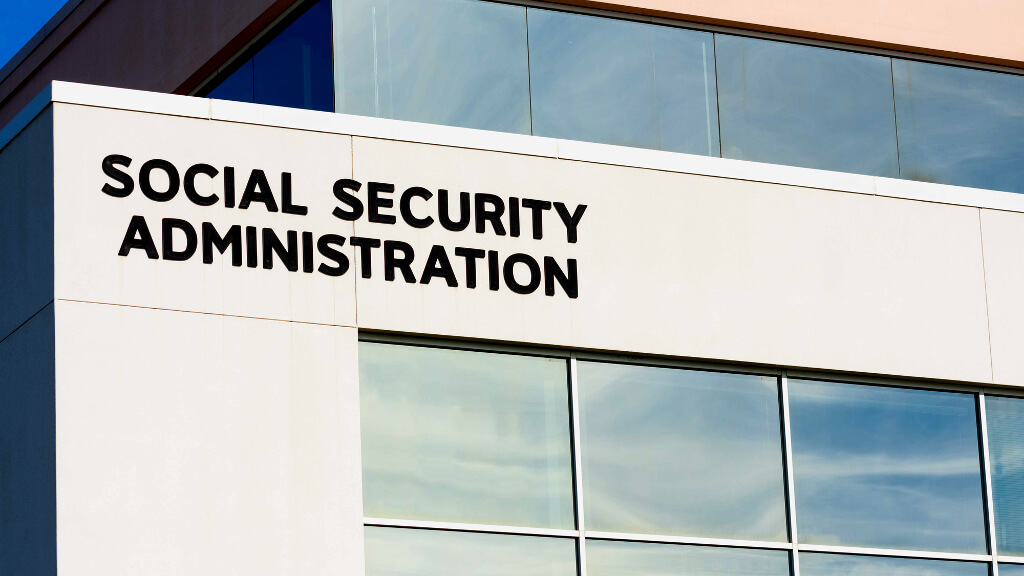In our fast-paced world today, it’s become more critical than ever to stay alert and protect ourselves from those with ill intentions. One particularly sinister threat that has begun targeting our financial well-being is the Social Security scam.
Imagine this: You receive a call, email, or text message from someone who claims to be from the Social Security Administration (SSA) telling you that your Social Security number or benefits are at risk and you need to remedy the problem ASAP.
It’s a scenario that happens every day.
In this blog post, we’ll dive deep into the world of Social Security scams, uncovering the tactics used by scammers and equipping you with the knowledge you need to stay a step ahead of them.
Techniques that Social Security scammers use
When scammers call, they’ll try to create a sense of urgency in you so that you’ll respond to their commands without thinking things through. They might, for example, say your Social Security number was linked to criminal activity and suspended.
In reality, the SSA will never block or suspend a Social Security number.
An unsolicited call from someone claiming to work for the SSA is itself a warning sign because the SSA will rarely call unless you initiate contact with them first.
Scammers might ask you to confirm your Social Security number so they can reactivate it. In reality, an actual SSA employee will never ask for your Social Security number.
SSA imposters might threaten you with legal action if you don’t comply immediately. Again, they’re trying to place you in fear so that you’re more susceptible to their manipulation.
To put you even further in fear, a fraudster might say armed marshalls or police officers are ready to arrest you. They’ll then demand money in the form of a wire transfer. Or they’ll ask you to buy a gift card and provide them with the number and PIN. With that data, they have immediate access to the money loaded on the card.
To pressure you further, they might say they’re from the Office of the Inspector General. Such an official-sounding name can give them more credibility.
In a twist on the crime, sometimes a sham SSA employee might call with good news. They’ll offer you a cost of living increase for your benefits. To get the increase, all you have to do is confirm your name, date of birth, and Social Security number. With these identifiers, they can hijack your account and divert your benefits to them.
Fraudsters might also send out emails or texts that appear to be from the SSA, asking you to click on links and provide personal information on fraudulent websites that you’ll be directed to. The websites might ask you to register for a service that protects against Social Security fraud. This is a “phishing” scam that’s on the rise.
Phishing is a criminal act. It happens when a fraudster pretends to be someone you trust. They then capitalize on your faith in them and try to steal your bank account or credit card details, Social Security numbers, passwords, usernames, and more.
A Social Security scam might also come to you as a robocall. The caller will provide a number for you to call back to remedy a problem. Keep in mind that fraudsters can manipulate caller ID to display an official government number or name, adding credibility to their scam attempts.
No matter what technique they use, remember that anyone threatening consequences is a scammer. If a caller threatens you with a loss of benefits, it’s a scam. If you’re threatened with suspension of your Social Security number, it’s a scam. If you’re threatened with arrest if you don’t pay money or provide personal information, it’s a scam!
How to protect yourself from Social Security scams
- Never trust unsolicited communications claiming to be from the SSA. Government agencies typically communicate through snail mail rather than phone calls or emails.
- If you receive a call from someone claiming to be from the SSA, hang up and independently verify the phone number from an official source before calling back. Don’t assume a call is legitimate because it appears to be from the SSA. Fraudsters use spoofing technology to make it appear as if a call is from the government.
- Don’t allow callers to put you in a state of fear.
- Never share sensitive information like your Social Security number, bank details, or passwords over the phone, via email, or text.
- Install a call-blocking app on your smartphone or sign up for a call-blocking service from your service provider.
- Whenever possible, enable two-factor authentication on your online accounts to add an extra layer of security.
- Use reputable antivirus software to protect your devices.
- Set up a My Social Security Account online and check it for unusual activity.
- Report a scam using the SSA’s Scam Reporting Tool or call the SSA at 800-772-1213 if you have any concerns.
- Report an incident to the FTC by calling 877-FTC-HELP (877-382-4357) or report it online using the FTC Complaint Assistant.
- Talk about the incident with family and friends so that you’ll get support and so others can become aware of this scam.
In conclusion
Social Security scams exploit our trust in government agencies and our fears about our financial security. By being able to spot the signs of a scam, we hope you’ll be able to stay a step ahead of fraudsters and safeguard your financial well-being.

